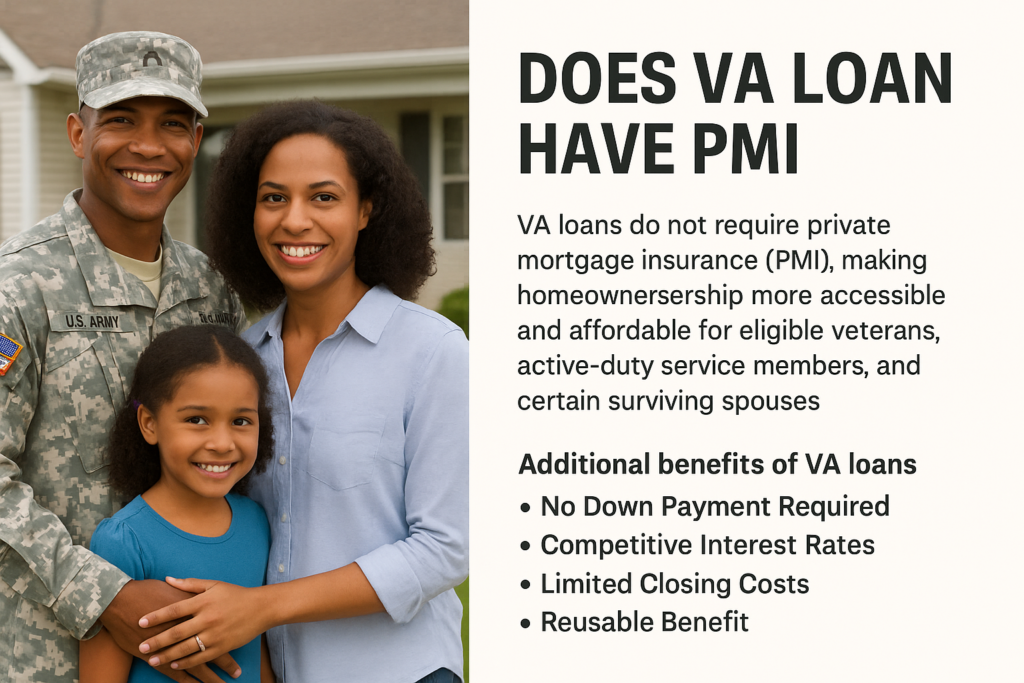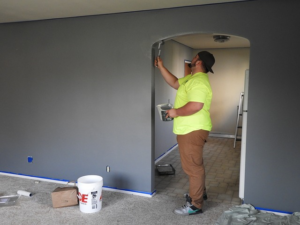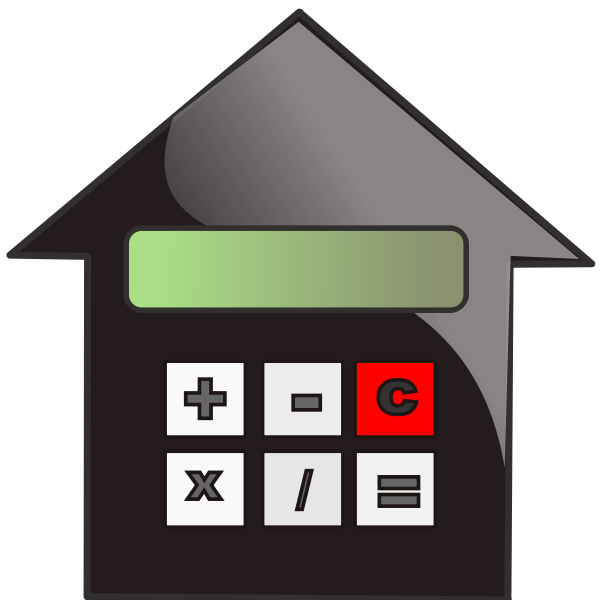
VA loans do not require private mortgage insurance. This is one of the great benefits of VA loans they put affordable repayment plans in reach for those who have served our country, and for some surviving spouses.
What are PMI and How Does It Work?
Lenders typically require private mortgage insurance on conventional loan when the homeowner doesn’t have 20% equity. PMI shields the lender if the homeowner goes into default on the loan. The expenses associated with PMI can be quite significant too: They generally cost borrowers 0.3% to 1.5% of their initial loan amount annually, depending on factors such as their credit history and loan-to-value ratio, and that cost gets added on top of the monthly mortgage bill.
Why VA Loans Abstain From PMI
These loans are ensured by the U.S. Department of Veterans Affairs, which guarantees protection against loss to the lender in the event of the borrower defaulting. This government guarantee lowers lender risk, relieving them if there is no private mortgage insurance. As a result, borrowers have to make lower monthly mortgage payments than in traditional loans where PMI is mandated.
According to the U.S. Department of Veterans Affairs, one of the most valuable advantages of a VA loan is, “there is no PMI requirement”. This can add up to big savings throughout the term of the loan.
The VA Funding Fee: An Alternative to PMI
An Alternative to PMI However, the intended purpose and long-term affordability of home mortgages have also caused many people to take notice.
Although VA loans don’t require private mortgage insurance, they do charge a one-time VA funding fee. This fee helps offset the cost of the VA lending program to taxpayers. The funding fee is calculated based on various factors, including the type of loan, the military category of the borrower, whether it’s a first-time or subsequent use and whether or not there’s a down payment.
For instance, if you are using it for the first time with no down payment, the funding fee is usually 2.15% of the loan value. This fee may be financed into the loan, so in effect, you don’t have to pay this out of pocket at the closing.
Cost Comparison: VA Loans vs. Conventional Loans with PMI
As a simple example, if you buy a $250,000 home:
- Conventional Loan with PMI:
- Down Payment: 5% ($12,500)Loan Amount: $237,500
- Estimated PITI: ~$150/monthAnnual PMI Cost: $1,800
- Total PMI Over 5 Years: $9,000
- VA Loan:
- Down Payment: $0
- Loan Amount: $250,000
- VA Funding Fee: 2.15% ($5,3750), may be financed
- Monthly PMI: $0
In that case, the VA loan brings a savings by not having to pay the monthly PMI even taking into account the one-time funding fee.
Additional Benefits of VA Loans
But PMI is certainly not the only benefit of VA loans:
- No Money Down: Borrowers are not required to make a down payment.
- Low Interest Rates: VA loans typically have lower interest rates than conventional loans.
- Low Closing Costs: For closing cost the VA put a cap on what the borrower can be charged.
- Zero Prepayment Fee: Financing can be repaid without penalty.
- Reusable Benefit: Qualified Veterans and service members can reuse the VA loan benefit.
Conclusion
VA home loans offer eligible veterans and service members a distinct advantage: the elimination of the need for private mortgage insurance, allowing more money to be budgeted for costs other than just mortgage payments. There is a one-time funding fee, but the long-term savings and other advantages can make the VA loan an appealing option if you qualify. It’s important for would-be borrowers to factor these in and talk to a mortgage professional to assess what would work best for their unique situation.


